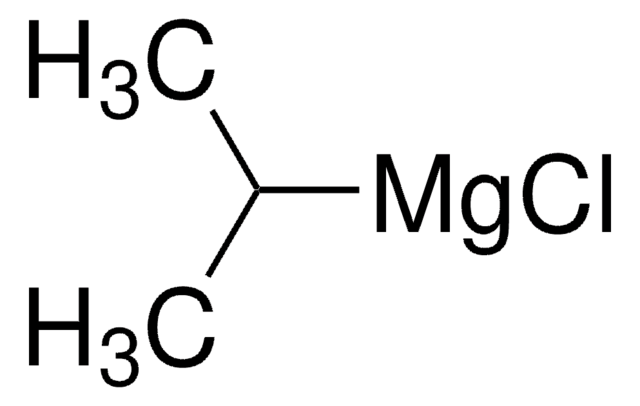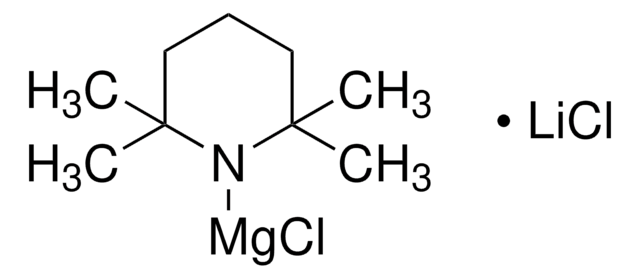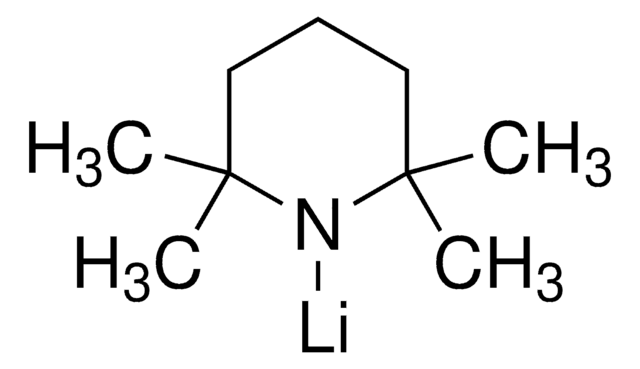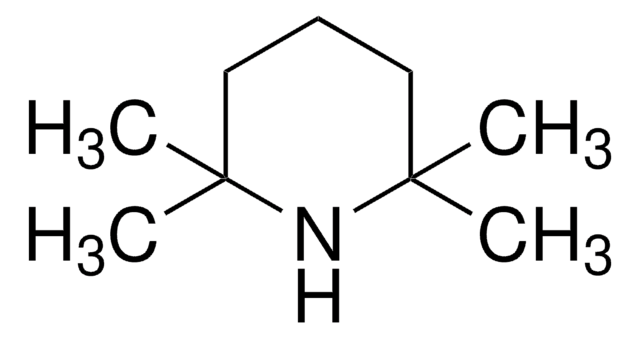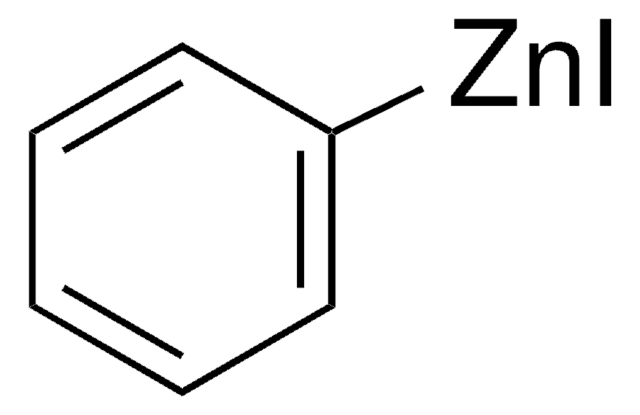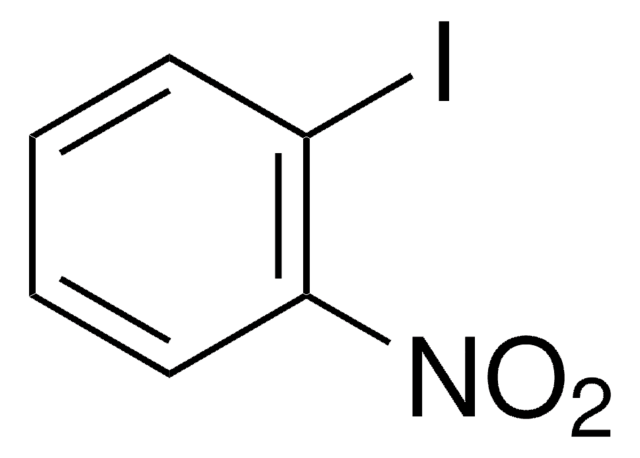697257
Copper(I) cyanide di(lithium chloride) complex solution
in anhydrous tetrahydrofuran
Sinónimos:
Copper(I) cyanide di(lithium chloride)
About This Item
Productos recomendados
Formulario
liquid
Nivel de calidad
idoneidad de la reacción
core: copper
reagent type: catalyst
concentración
in anhydrous tetrahydrofuran
densidad
0.999 g/mL at 25 °C
cadena SMILES
[Li]Cl.[Li]Cl.[Cu]C#N
InChI
1S/CN.2ClH.Cu.2Li/c1-2;;;;;/h;2*1H;;;/q;;;;2*+1/p-2
Clave InChI
QGXKBLXNBYNHBV-UHFFFAOYSA-L
Aplicación
Palabra de señalización
Danger
Frases de peligro
Consejos de prudencia
Clasificaciones de peligro
Acute Tox. 1 Dermal - Acute Tox. 2 Inhalation - Acute Tox. 2 Oral - Aquatic Acute 1 - Aquatic Chronic 1 - Carc. 2 - Eye Irrit. 2 - Flam. Liq. 2 - Skin Irrit. 2 - STOT SE 3
Órganos de actuación
Central nervous system, Respiratory system
Riesgos supl.
Código de clase de almacenamiento
3 - Flammable liquids
Clase de riesgo para el agua (WGK)
WGK 2
Punto de inflamabilidad (°F)
1.4 °F - closed cup - Solvent
Punto de inflamabilidad (°C)
-17 °C - closed cup - Solvent
Equipo de protección personal
Eyeshields, Faceshields, Gloves, type ABEK (EN14387) respirator filter
Elija entre una de las versiones más recientes:
¿Ya tiene este producto?
Encuentre la documentación para los productos que ha comprado recientemente en la Biblioteca de documentos.
Los clientes también vieron
Nuestro equipo de científicos tiene experiencia en todas las áreas de investigación: Ciencias de la vida, Ciencia de los materiales, Síntesis química, Cromatografía, Analítica y muchas otras.
Póngase en contacto con el Servicio técnico
